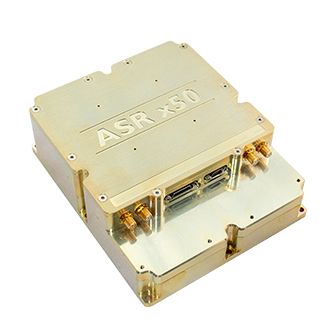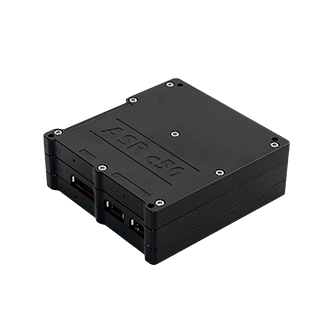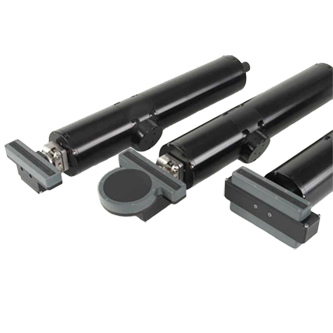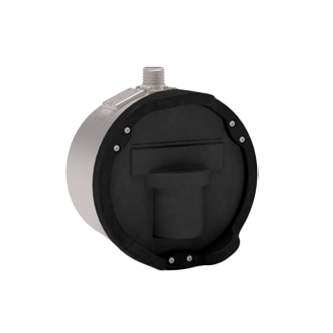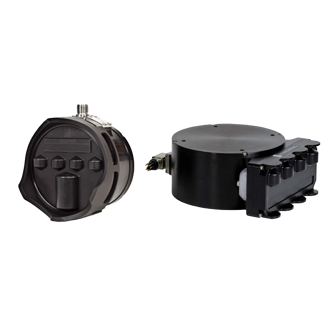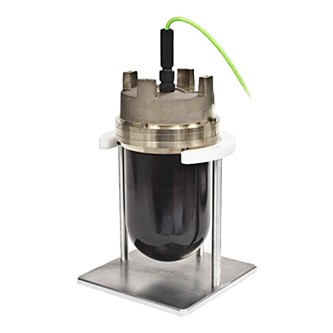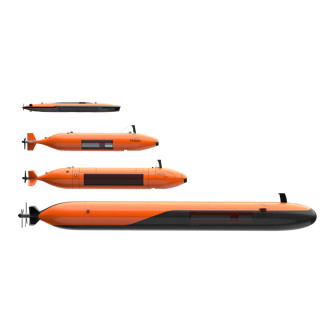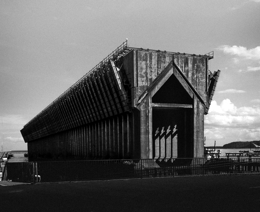
Critical infrastructure
Critical infrastructure is more than just physical structures; it is the lifeline of our modern society.
It refers to the systems, resources, and services essential for society’s security, health, economy, and welfare. It encompasses many sectors, including energy, water supply, transportation, finance, telecommunications, and healthcare. It includes the power that provides us with light and heat, the pipes that supply us with clean water, the signals in the air that give us mobile coverage, the servers that provide us with internet access, the planes that take us on vacation, and the ships at sea.
Infrastructure is all around us, and protecting these systems is crucial to ensuring society can function normally, even in crises.
Learn more about our solutions?
Need help deciding on what type of equipment you need? Interested in learning more? Don't worry, get in touch and our experts will help you.
Downloads
We offer comprehensive after-sales assistance
-
24/7 Technical support
Our Technical Support team is readily available to provide global 24/7 support and can respond to resolve any issues at any time, wherever you are located in the world.
-
Training
We can provide detailed training on the use of our products to ensure your crew is equipped with the necessary operational competence to minimise technical risk and maximise return on your asset investment.

